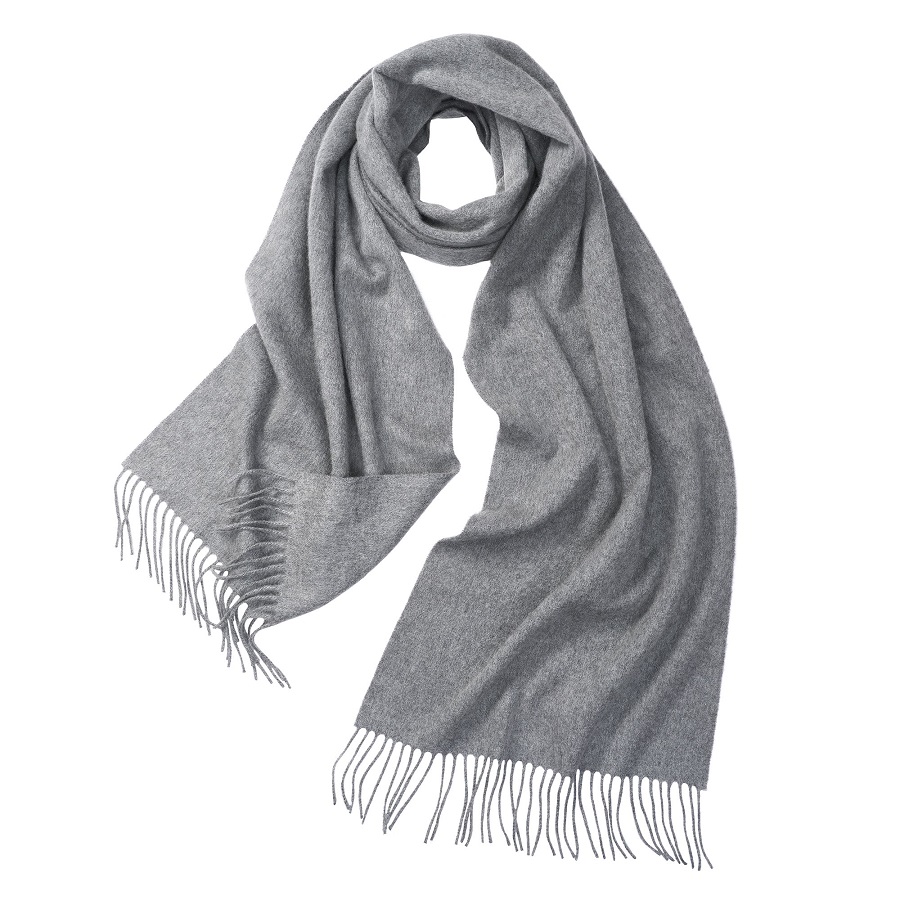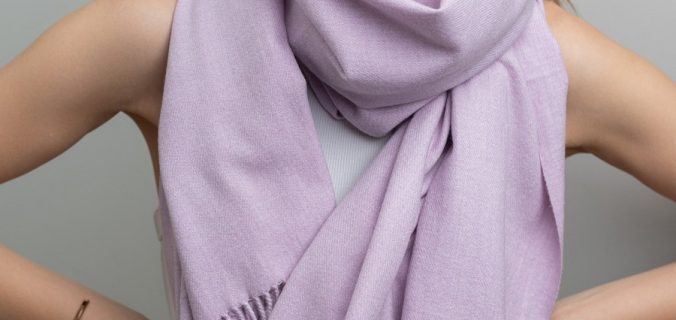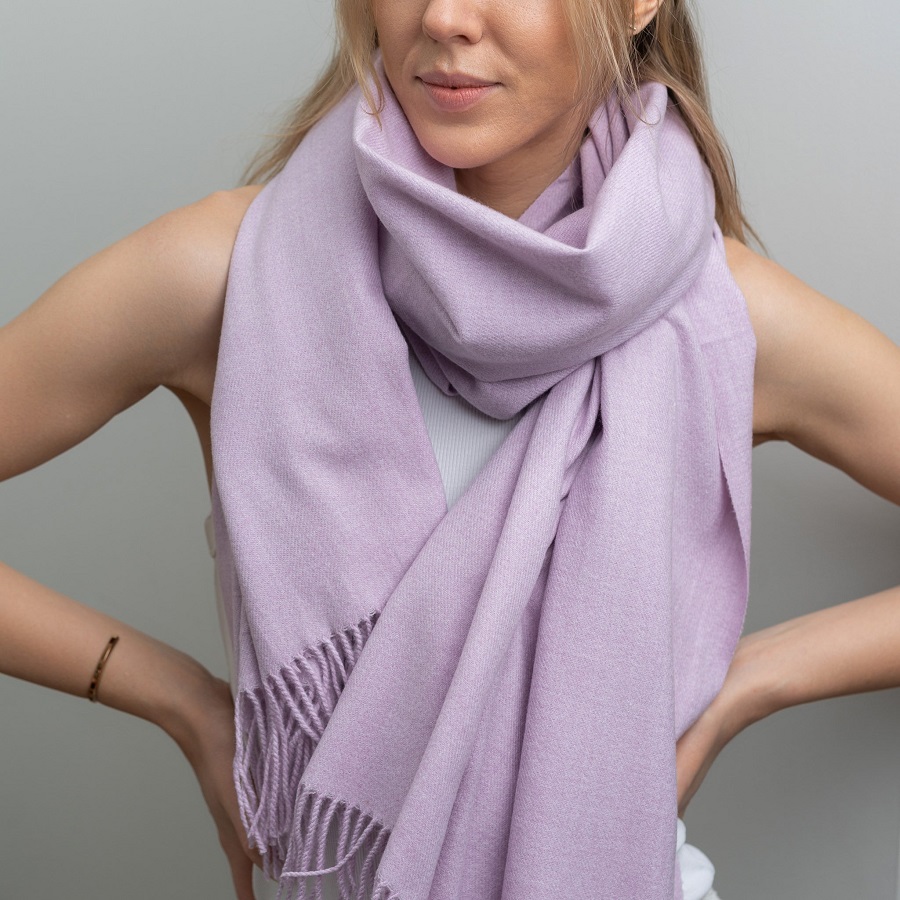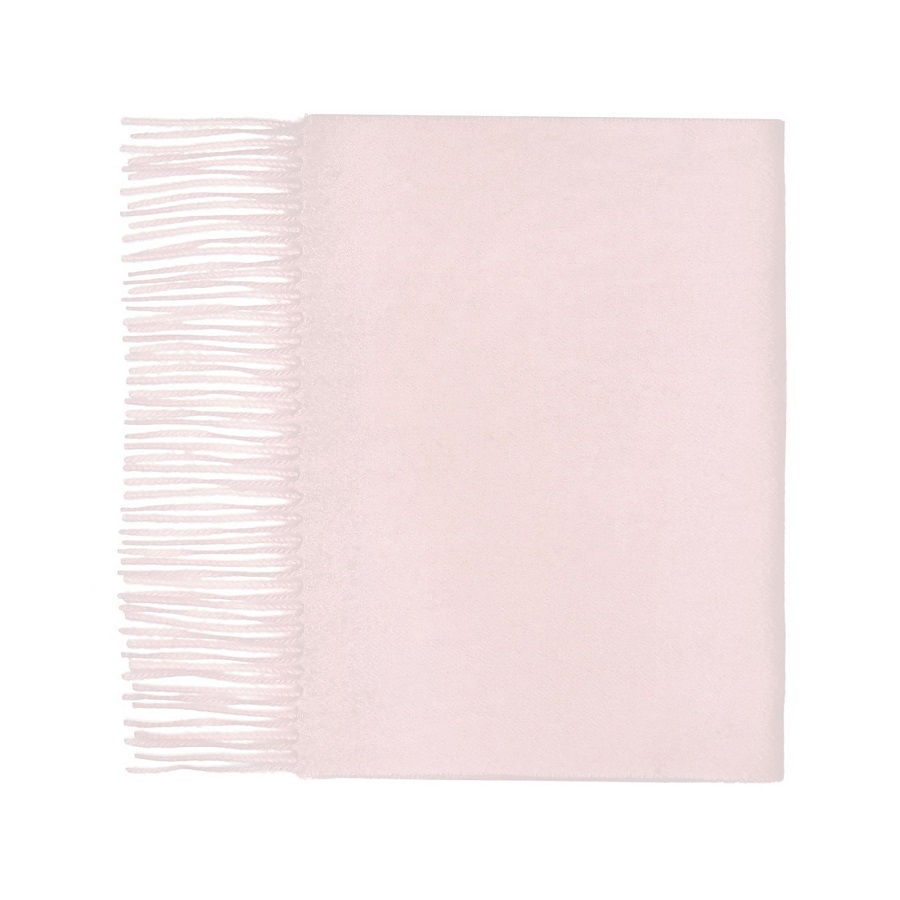Why Choose a 100% Cashmere Scarf?
Choosing a 100% cashmere scarf is about embracing luxury and quality. Here are several compelling reasons:
- Softness and Comfort: A cashmere scarf is incredibly soft on the skin, avoiding the itchiness associated with other wool scarves.
- Warmth: Despite its light weight, cashmere offers excellent insulation, keeping you warm in the coldest weather.
- Durability: When taken care of properly, a 100% cashmere scarf can last for years without losing its shape or softness.
- Timelessness: Cashmere is a classic material that never goes out of style; investing in a cashmere scarf means you’ll have a staple fashion piece for a lifetime.
- Versatility: These scarves suit a multitude of styles, from casual to formal, making them an adaptable accessory.
- Breathability: Cashmere fibers allow your skin to breathe, ensuring comfort throughout the day.
- Luxury Appeal: There’s a unique sense of luxury that comes with wearing 100% cashmere – it’s a status symbol recognized worldwide.
These points illustrate why a 100% cashmere scarf is not just a purchase, but an investment in your wardrobe and comfort.
 The Origins of Cashmere: From Goat to Scarf
The Origins of Cashmere: From Goat to Scarf
Cashmere, renowned for its softness and elegance, originates from the fine undercoat of cashmere goats. These goats thrive in the harsh climates of the Gobi Desert and the Himalayas. The extreme temperatures of these regions, which can swing from -40°C in winter to 40°C in summer, have led the goats to develop an exceptionally warm and plush underbelly wool. During spring, this undercoat naturally sheds and is then collected for processing.
The process of transforming raw cashmere into a luxurious scarf involves several meticulous steps. Initially, herders comb the goats to separate the fine cashmere fibers from the coarser outer hair. After collection, the fibers undergo cleaning to remove dirt and impurities. Skilled artisans spin the cleaned cashmere into fine yarns, which are then dyed and woven into fabric. Finally, the cashmere fabric is crafted into the final product, the much-coveted 100% cashmere scarf.
This traditional extraction and preparation method ensures the high quality of genuine cashmere. The rarity of the fibers—each goat produces only about 150 grams of cashmere annually—adds to the exclusivity and value of a 100% cashmere scarf. By understanding the scarf’s origins, consumers can appreciate the craftsmanship and heritage behind every woven thread.
Selecting the Perfect Cashmere Scarf
Selecting the perfect 100% cashmere scarf requires attention to quality, color, and pattern. To ensure you’re getting the best value, consider the following tips.
Understanding Cashmere Quality and Grades
Quality is crucial when choosing your scarf. Look for cashmere labeled ‘Grade A,’ which indicates the finest fibers, usually measuring around 14-15.5 microns in diameter. Fibers in Grade A are the longest and most resilient, making them top-notch. Grade B is slightly thicker, and Grade C is the thickest and of lower quality. Always examine the label and feel the fabric. A high-quality cashmere scarf feels soft and smooth — never rough or scratchy.
Observe the weave of the scarf as well. Tightly woven patterns usually last longer and pill less over time. Pilling is when small balls of fiber start forming on the surface of the cashmere, and it often happens with lower-grade materials.
Deciding on the Right Color and Pattern
Color and pattern should reflect your personal style and complement your wardrobe. Neutral colors like beige, grey, and black are versatile and can match most outfits. For a bold statement, consider a vibrant hue or a unique pattern. However, check the dye quality; it should be even and should not bleed when you wash the scarf.
Patterns can add personality to your look. From classic plaids and stripes to modern geometric designs, select a pattern that suits your taste and fashion sense. Remember, a good 100% cashmere scarf combines quality, comfort, and style, becoming an essential accessory for any outfit.
How to Style Your Cashmere Scarf
A 100% cashmere scarf is not just warm and luxurious, but also versatile in styling. Here’s how to make the most of it for different occasions.
For Formal Occasions
For a formal look, drape your cashmere scarf over your shoulders with a tailored coat or blazer. Choose solid colors that complement your outfit for an elegant touch. Tie it in a ‘once-around’ knot for a polished finish. A cashmere scarf can replace a tie for a touch of class and comfort. Pay attention to fabric drape and keep it neat.
Casual Pairings and Everyday Wear
For a casual day, loop your scarf around your neck with a simple shirt or sweater. Mix and match patterns with care, ensuring they don’t clash. Layering your scarf with different textures adds depth to any outfit. A loose ‘European loop’ or a basic ‘throw-on’ style keeps it relaxed yet stylish. Whether you’re out for coffee or running errands, a cashmere scarf adds a chic element to your attire.
Caring for Your Cashmere Scarf
To keep your 100% cashmere scarf in pristine condition, proper care is key. Here are essential tips for washing and drying, as well as effective storage solutions.
Washing and Drying Tips
Cashmere needs gentle care when washing. Always opt for cold water and a mild shampoo or a specialized cashmere detergent. Hand wash your scarf gently; do not wring or twist it, as this can damage the fibers. Instead, carefully squeeze out excess water. For drying, lay the scarf flat on a towel away from direct heat or sunlight. Reshape it to its original dimensions to prevent stretching. Avoid hanging your cashmere scarf, as it can cause it to lose its shape.
Storage Solutions to Maintain Quality
When not in use, store your 100% cashmere scarf with care to maintain its quality. Fold it neatly and place it in a breathable cotton bag to protect it from dust and moths. Never store cashmere in plastic, as it can cause yellowing and damage the fibers over time. If you’re not using it for an extended period, like during warmer months, add some cedar blocks or lavender sachets to the storage spot to ward off insects. Avoid cramming your scarf into a packed drawer; give it space to prevent wrinkles and preserve its luxurious texture.
Spotting Fake Cashmere: Ensuring Authenticity
With the luxury and popularity of 100% cashmere scarves, the market also sees its share of fakes. Spotting authentic cashmere involves understanding key indicators.
Look at the Price Tag
Authentic cashmere comes at a higher cost due to its rarity and production efforts. An unusually low price is often the first sign of a faux product. Don’t let a cheap deal fool you into buying a fake.
Examine the Fabric Feel
Genuine cashmere is incredibly soft and gets softer with wear. Fake cashmere often feels rough, scratchy, or overly slippery, betraying its synthetic or lower-quality wool blend.
Check the Weave and Pilling
Authentic cashmere has a tight and even weave. It should have minimal pilling. If you see excessive pilling or a loose weave, you might be holding a poor imitation.
Perform the Burn Test Carefully
If you have a fiber sample, do a burn test. Real cashmere smolders and smells like burnt hair. Faux materials often melt and smell like burning plastic. Perform this test with caution and at your own risk.
Review the Label and Brand Reputation
Trustworthy brands will label their scarves clearly with ‘100% cashmere’. Look for brand reputation and reviews. Established brands are less likely to deceive customers.
Remember that while these tips can help you distinguish real cashmere from fakes, purchasing from reputable retailers and known brands is the best way to ensure authenticity. Always be vigilant and consider the scarf’s quality and the reputation of the seller before making an investment in a luxurious 100% cashmere scarf.
Sustainable Fashion: The Eco-Friendly Aspect of Cashmere
Opting for a 100% cashmere scarf aligns with sustainable fashion values in several ways.
- Biodegradable Material: Cashmere is natural and biodegradable. Unlike synthetic fibers, it breaks down over time without harming the environment.
- Longevity: High-quality cashmere scarves last for many years. This reduces the need for frequent replacements, lessening waste.
- Animal-friendly Farming: Ethical herders maintain the health and well-being of cashmere goats. Supporting these practices promotes responsible animal husbandry.
- Low-Impact Dyes: Some manufacturers use eco-friendly dyes. These dyes are better for the planet, reducing pollution during production.
- Handcrafted Tradition: Cashmere scarves often involve handcrafting. This limits factory pollution and conserves energy used in mass production.
- Local Communities Support: Buying authentic cashmere supports local economies where herding is a way of life. It provides fair income while maintaining traditional skills.
Choosing a 100% cashmere scarf is not only a stylish decision but also a step towards responsible consumption. By being mindful of the eco-friendly aspect of cashmere, consumers contribute to a more sustainable fashion industry.


